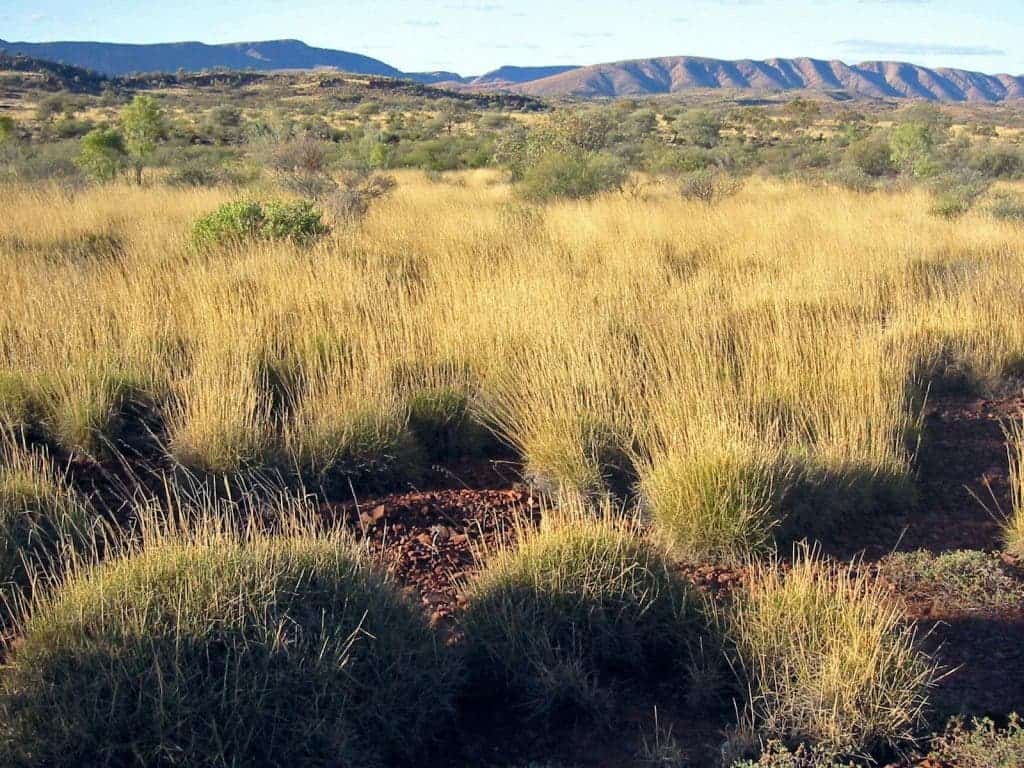Grass could enable researchers to create the new generation of condoms and make our lives a little bit better. A team from the University of Queensland found a feasible way to extract nanocellulose from the grass and use it as an additive in latex.
If you think about it, condoms haven’t changed that much in past decades. Ever since latex became dominant, things have become pretty stagnant in the industry (although recent efforts are being made; 1, 2). However, you wouldn’t expect grass to the rescue… thin, pointy spinifex grass.

Professor Darren Martin from UQ’s Australian Institute for Bioengineering and Nanotechnology (AIBN) said that the nanocellulose from the spinifex significantly improves the physical qualities of the latex.
“The great thing about our nanocellulose is that it’s a flexible nano-additive, so we can make a stronger and thinner membrane that is supple and flexible, which is the Holy Grail for natural rubber,” Professor Martin said.
Not only can they make condoms thinner, but also sturdier and cheaper.
“We tested our latex formulation on a commercial dipping line in the United States and conducted a burst test that inflates condoms and measures the volume and pressure, and on average got a performance increase of 20 per cent in pressure and 40 per cent in volume compared to the commercial latex control sample,” he said.
“With a little more refinement, we think we can engineer a latex condom that’s about 30 per cent thinner, and will still pass all standards, and with more process optimisation work we will be able to make devices even thinner than this. Late last year we were able to get down to about 45 microns on our very first commercial dipping run, which is around the width of the hair on your head.”
“Because you would also use less latex, your material cost in production would potentially drop as well, making it even more attractive to manufacturers.”
Of course, it’s not only the condom industry that could benefit from this, but everything that’s made from latex, such as gloves, and that could actually be a good thing. Thinner gloves would provide doctors (especially surgeons) much more hand sensitivity which could be important.
“Likewise, it would also be possible to produce latex gloves that are just as strong, but thinner, giving a more sensitive feel and less hand fatigue to users such as surgeons.”
They want to start cultivating and processing the spinifex in a large, controlled environment, especially in hot rural parts of Australia where the plant thrives (and where job opportunities are scarce).


